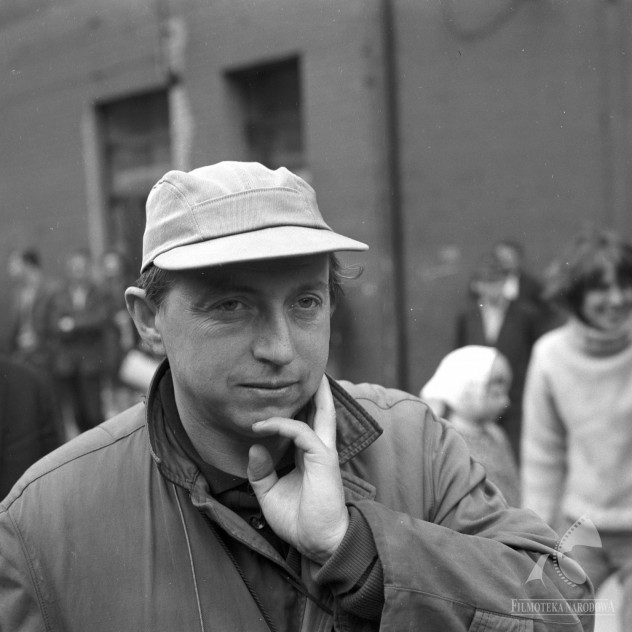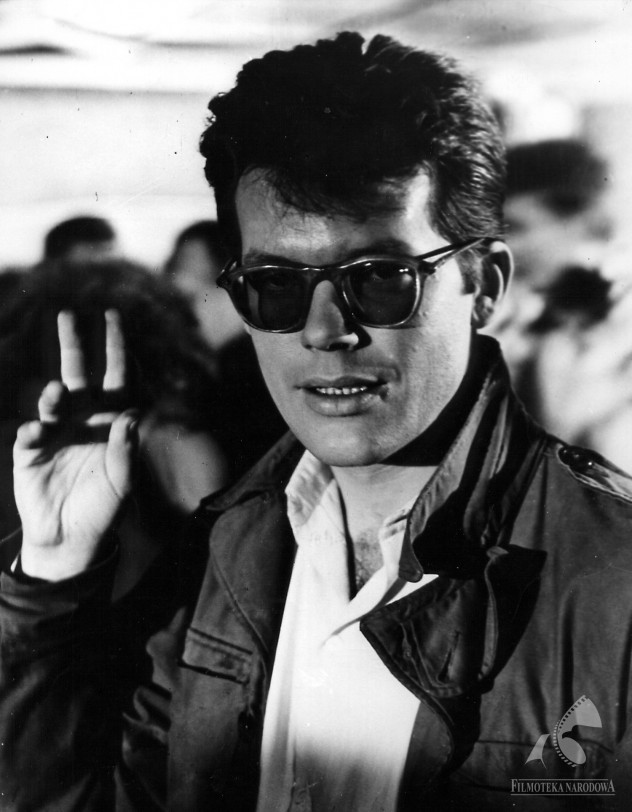foto mix
Wiesław Zdort
(born 1931 in Warsaw, died 2019 in Warsaw) One of the most prominent Polish cinematographers. Known the most due to his cooperation with Kazimierz Kutz on the following films: “Tarpany", “Upał", “Sól ziemi czarnej", “Zawrócony" and “Śmierć jak kromka chleba". In 2005, Kutz and Zdort were honoured with the Special Awards for the Polish director-cinematographer duo. Moreover, Zdort is the author of shots for the films directed by Andrzej Wajda, Janusz Majewski, Wojciech Marczewski, Henryk Kluba and Zdort’s wife – Barbara Sass.

For him, work as still photographer was a training before independent work as cinematographer. He took photographs already during his studies. An older fellow cinematographer, Jerzy Wójcik, became interested in Zdort’s photographs and entrusted him the function of assistant in next two films: “Eroica" by Munk and “Popiół i diament" by Wajda. Especially the stills for the movie directed by Wajda became quite legendary. The most of them Zdort preserved in his home archives and published in the book “Cybulski na planie filmu Popiół i diament« only for the 40th anniversary of the film premiere. In the introduction to the book, he wrote: “In the early 1960’s, (...) during house cleaning, negatives of stills that I made during my work on the film »Popiół i diament« as camera assistant got into my hands. (...) However, these were only rejected photographs from the advertising set given to the distribution. Nevertheless, I put them to empty jam jars and took them to the cellar. At that time, I wouldn’t be able to explain why I decided to keep these negatives. After many years, I realised that I had intuitively retained negatives of photographs to the film which became a great phenomenon of the Polish cinematography history. (...) These static photographs, unlike the film, don’t produce illusion, although they clearly refer to the prototype, they are still something separate, a new value. These are not freeze-frame shots, although it is supposedly the aim of stills. They give us something more. And even though they’ve never been an integral film component, they were always beneficial for it. For example, the photograph of Ewa Krzyżewska in a bar with a window in background through which come streaks of the rising sun shine; although she wasn’t present in film frames, she became a symbol of »Popiół i diament« worldwide"1. Nevertheless, even stills reflecting exact scenes from Wajda’s movie created new meanings. In the film, Cybulski was informing the barmaid with a characteristic gesture – two fingers up – in which room she will find him. In the still, it looks as if he was taking an oath...

After many years, while working with his wife Barbara Sass on the film “Pajęczarki", Zdort came back to making stills. It seemed that he did this job during breaks in shooting, but then he started to think whether making stills couldn’t be a good activity for a retired cinematographer in the future. However, he didn't decide to work permanently as still photographer again.
Piotr Śmiałowski
Filmography of Zdort as still photographer:
1957 – “Eroica"
1958 – “Popiół i diament"
1958 – “Orzeł"
1993 – “Pajęczarki"
1. W. Zdort, Cybulski na planie filmu „Popiół i diament", Łódź 1997, p. 5-7




